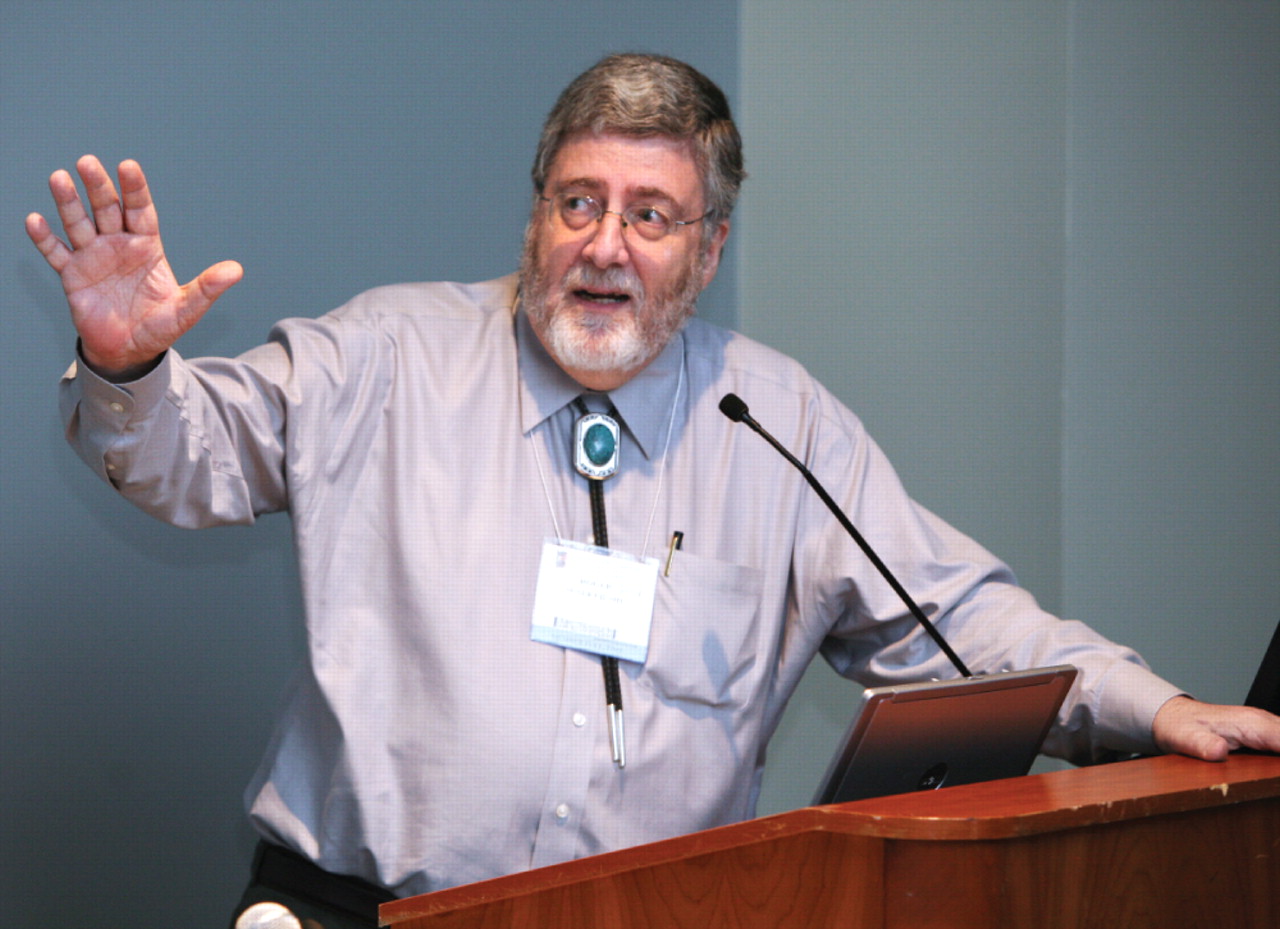The methamphetamine epidemic plaguing rural America has turned into the leading health concern for American-Indian and Alaska-Native communities, according to federal drug abuse and Indian health officials.
Many tribal communities are fighting back, and to halt the drug's availability and use, they are tailoring initiatives to tribal history and culture, said R. Dale Walker, M.D., a professor of psychiatry and public health and preventive medicine and director of the Center for American Indian Health, Education, and Research at Oregon Health and Science University. Walker is also director of One Sky Center in Portland, Ore., a national resource center that seeks to improve mental health and prevent and treat substance abuse among American Indians.
American Indians are two to four times more likely to be admitted for meth abuse treatment than the general U.S. population, according to data from the Substance Abuse and Mental Health Services Administration (SAMHSA) cited by Walker in his presentation at APA's 2008 annual meeting in May. The drug is not the only health problem facing American Indians on and off reservations, he said. They experience disorders like alcoholism, depression, suicide, and diabetes with greater severity and prevalence, but have less access to treatment than other Americans, said Walker, who is also a former speaker of the APA Assembly.
Like other substances of abuse, the methamphetamine epidemic found American Indians especially vulnerable. The historical trauma of war and forced migration and settlement, coupled with racism and a loss of power, have bred a need for relief from pain, anxiety, and frustration, said Walker.
Meth abuse began in the West. It was cheap and easy to make, although much of the drug is imported illegally from Mexico. Production, trafficking, and abuse have widespread effects not only on users, but on their families and communities as well.
“How do we combat this introduced, outside element now that people are ready to deal with it?” said Walker.
Historically, behavioral health care for Indians was fragmented among tribal organizations, state and local authorities, the Bureau of Indian Affairs, the Indian Health Service, and other federal agencies like SAMHSA and the Department of Veterans Affairs. Too often, policies were directed from Washington, D.C., with a “one-size-fits-all” mentality, said Walker.
Last year, SAMHSA, the Indian Health Service, and other agencies awarded the Association of American Indian Physicians a $1.75 million grant to support the Indian Country Methamphetamine Initiative. The program will create a national education campaign about the drug and collect information on community-based practices for prevention, intervention, and treatment.
Five tribes were selected for three-year pilot projects in which they are using a toolkit with medical information, tribal policies, educational materials, and community organizing suggestions. Each tribe customized its program to fit local needs.
The Choctaw in Oklahoma instituted a “Natural Highs” program, filled with outdoor activities, relationship building, and a good deal of talk among the young participants. They were challenged to think about how they thought and lived.
The “Meth Free Crowalition” in Montana adopted tactics based on its history as a warrior society. During a “Meth Free Crow” march, two people ran ahead to “count coup”—the Plains Indian term meaning to touch or strike with the hand or a stick a living, uninjured enemy in battle and then to escape, leaving him alive. In this case, though, the runners pointed out houses where meth was made, letting the inhabitants know that the meth labs were no secret.
The Diné (Navajo) in Arizona created partnerships with communities, businesses, and programs to blend age-appropriate community education with arrest and detention for trafficking.
In contrast, the Northern Arapahoe in Wyoming avoided partnerships and sought to overcome turf battles, gaps, and duplication in services by uniting agencies in a comprehensive, client-centered plan.
In Nebraska, the Winnebago adopted a preventive strategy, collectively deciding what methods were most appropriate for tribal members and the reservation and taking action quickly with any available funds.
“Every time they get a dime, they spend it [on preventive measures],” said Walker.
The diverse approaches should not be surprising, he said. They are based on an integrated model of care that involves not just the individual patient, but the family and the community as well.
“They are based on indigenous, local knowledge. They have an internal logic and validity that form the basis of decision making for all life's needs.”
For its next step, the initiative will add two more tribes, related organizations will gather epidemiological data on methamphetamine use, and One Sky Center will collate best practices from the pilot projects for use by other tribes.
The One Sky Center's Web site can be accessed at<www.oneskycenter.org/>. The Web site of the Association of American Indian Physicians can be accessed at<www.aaip.org/>.▪

